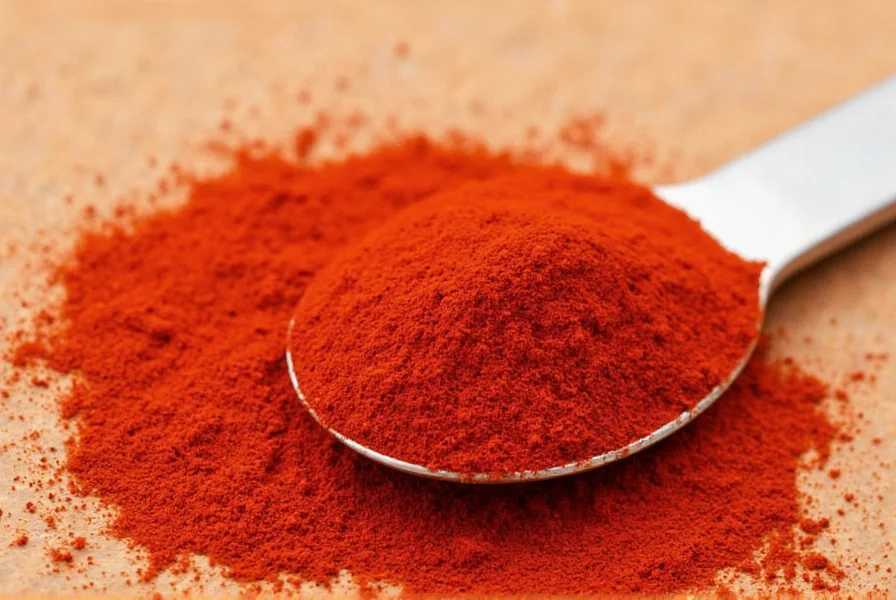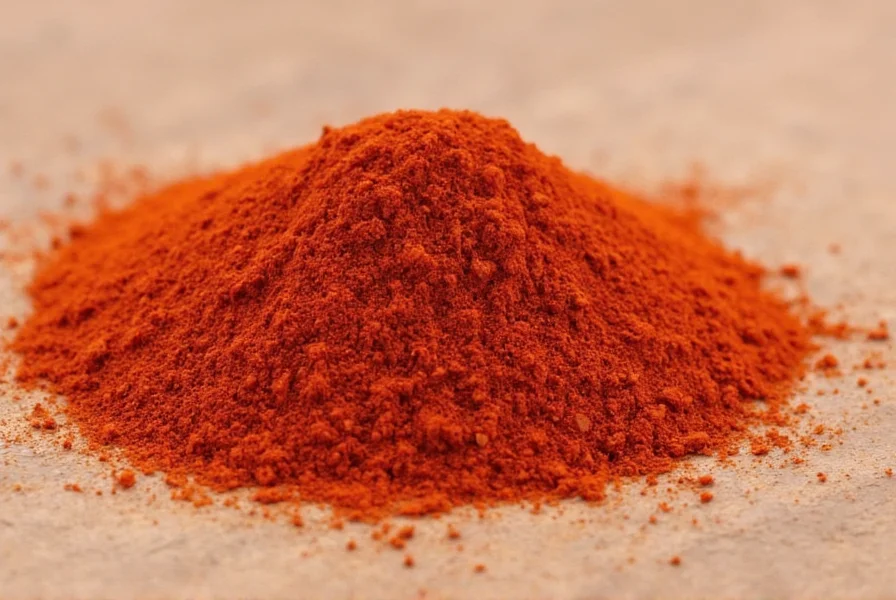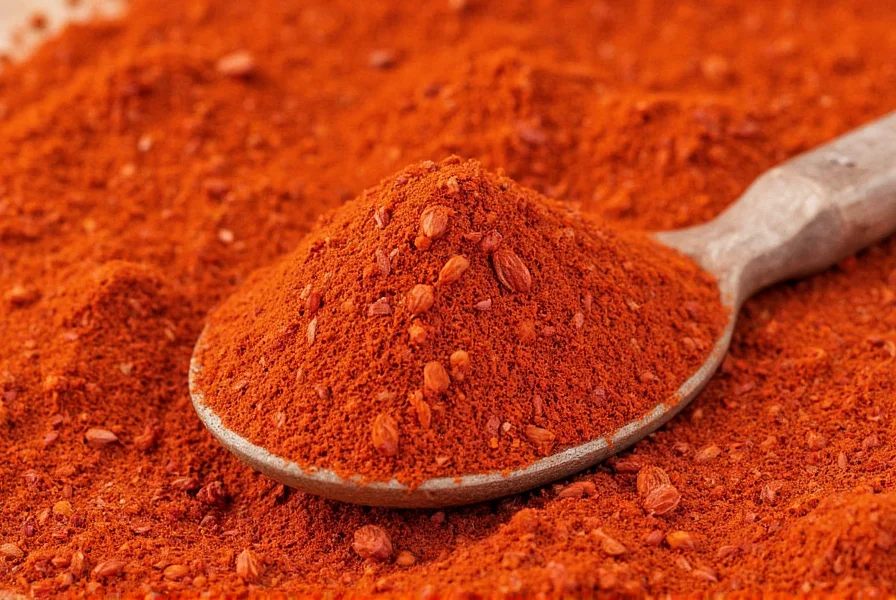Understanding Paprika: More Than Just a Red Powder
Paprika isn't just a single spice but a diverse family of ground pepper products with distinct flavor profiles. This versatile seasoning transforms dishes with both color and taste, making it essential in kitchens worldwide. Unlike many spices that lose potency quickly, quality paprika maintains its vibrant hue and flavor when stored properly, though freshness dramatically impacts its performance in recipes.
The Rich History Behind Paprika Spice
While peppers originated in the Americas, paprika as we know it developed through cultural exchange. Spanish explorers brought peppers to Europe in the 16th century, but it was Hungarian farmers who perfected selective breeding to create the sweet varieties ideal for grinding. By the 19th century, Hungary had established itself as the paprika capital, developing regional varieties that remain benchmarks today. The spice's journey from New World discovery to European staple demonstrates how culinary traditions evolve through adaptation.

Decoding Paprika Varieties: What's Right for Your Recipe
Understanding types of paprika spice prevents recipe disasters. The main categories include:
| Variety | Heat Level | Flavor Profile | Best Uses |
|---|---|---|---|
| Sweet Hungarian | Mild (0-500 SHU) | Fruity, earthy, slightly sweet | Goulash, chicken paprikash, roasted vegetables |
| Smoked Spanish (Pimentón) | Mild to Medium | Deep smokiness, wood-fired notes | Paella, chorizo, bean stews, rubs |
| Hot Hungarian | Medium-Hot (5,000-15,000 SHU) | Peppery heat with underlying sweetness | Spicy sauces, meat marinades, hearty stews |
| Sweet American | Mild | Bland, one-dimensional | Color enhancement only, not recommended for flavor |
Flavor Science: What Makes Paprika Unique
The magic of hungarian paprika vs spanish paprika lies in processing methods. Hungarian varieties typically use air-dried peppers ground at controlled temperatures to preserve volatile compounds. Spanish smoked paprika (pimentón) gets its distinctive character from peppers dried over oak fires. This smoking process creates guaiacol and other compounds that deliver that characteristic campfire aroma. The specific pepper varieties used—like Hungary's Kalocsai or Spain's Ñora—also contribute unique flavor notes that can't be replicated with generic peppers.
Mastering Paprika in Your Cooking
Knowing how to use paprika in cooking properly makes all the difference. Unlike many spices, paprika benefits from gentle heating to release flavors but burns easily. For best results:
- Add to hot oil for 30 seconds before incorporating other ingredients
- Never add directly to high-heat cooking—it turns bitter
- Combine with acidic ingredients like tomatoes to balance earthiness
- Use in finishing dishes for maximum color impact
Professional chefs often create paprika "infused" oils by steeping the spice in warm oil, then straining—this extracts flavor without risking burning. This technique works particularly well with smoked varieties for salad dressings or drizzling over finished dishes.
Preserving Paprika's Vibrancy: Storage Secrets
Follow these paprika storage tips to maintain quality:
- Store in airtight container away from light and heat
- Keep away from stove or other heat sources
- Buy whole peppers and grind as needed for maximum freshness
- Refrigerate for extended storage (up to 18 months)
Fresh paprika should have a vibrant aroma and rich color. If it smells dusty or looks faded, it's lost potency. Properly stored, sweet varieties last 8-12 months while smoked versions maintain quality for 6-9 months due to their more delicate flavor compounds.

When Paprika Isn't Available: Smart Substitutions
Understanding paprika spice substitutes helps when your jar runs empty. The right alternative depends on which aspect you need to replace:
- For color only: A pinch of cayenne with tomato paste
- For sweet paprika: A mix of red bell pepper powder and a touch of cumin
- For smoked paprika: Chipotle powder diluted with sweet paprika (1:3 ratio)
- For hot paprika: Cayenne pepper reduced by half (it's significantly hotter)
Remember that no substitute perfectly replicates paprika's unique flavor profile. For authentic smoked paprika uses in Spanish recipes, consider making a special trip to find the real ingredient.
Nutritional Profile and Culinary Benefits
Beyond flavor, paprika offers notable nutritional advantages. Just one tablespoon provides:
- 15% of daily vitamin A needs (as beta-carotene)
- Antioxidants including capsanthin that give its red color
- Small amounts of vitamin E and B6
- Anti-inflammatory compounds studied for potential health benefits
Unlike many processed spices, high-quality paprika retains significant nutritional value when properly processed. The vibrant red color directly correlates with antioxidant content—duller powders have lost valuable compounds through improper storage or processing.
Frequently Asked Questions About Paprika
What's the difference between sweet and hot paprika?
Sweet paprika comes from mild, sweet pepper varieties with minimal capsaicin, offering earthy, fruity notes without heat. Hot paprika contains hotter pepper varieties, registering 5,000-15,000 on the Scoville scale. The heat level depends on both pepper selection and processing—some "hot" varieties actually blend sweet peppers with small amounts of hotter chilies.
Can I substitute smoked paprika for regular paprika?
Yes, but with caution. Smoked paprika introduces a distinct wood-fired flavor that changes a dish's character. In Hungarian recipes calling for sweet paprika, substituting smoked variety creates an entirely different flavor profile. For most applications, use half the amount of smoked paprika when substituting for sweet varieties, as the smokiness can overwhelm delicate dishes.
Why does my paprika taste bitter sometimes?
Bitterness usually occurs when paprika is exposed to high heat. Unlike many spices that benefit from toasting, paprika burns at temperatures above 225°F (107°C). Always add it to warm oil off direct heat, or incorporate it later in the cooking process. Old or improperly stored paprika can also develop bitter notes as its flavor compounds degrade.
Is paprika the same as chili powder?
No, they're distinct products. Paprika is made solely from ground peppers, while American chili powder typically contains a blend of spices including cumin, garlic powder, and oregano along with some pepper. Hungarian "chili powder" refers to hot paprika, causing confusion. For authentic results, use paprika when recipes specify it, as chili powder's additional ingredients alter the intended flavor profile.











 浙公网安备
33010002000092号
浙公网安备
33010002000092号 浙B2-20120091-4
浙B2-20120091-4